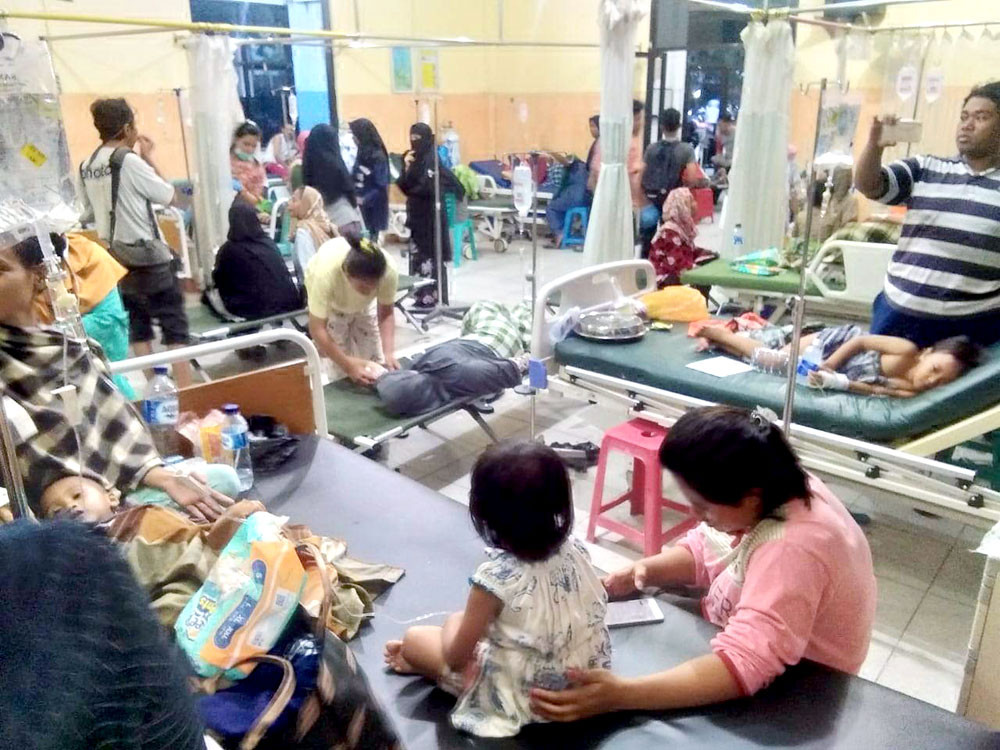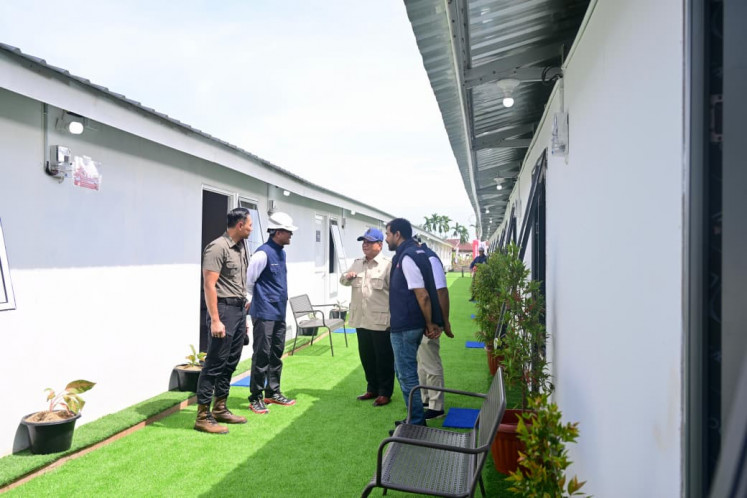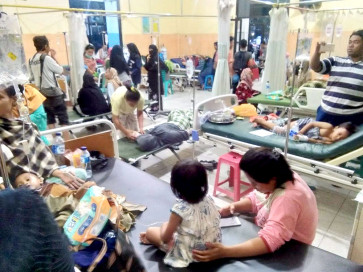Popular Reads
Top Results
Can't find what you're looking for?
View all search resultsPopular Reads
Top Results
Can't find what you're looking for?
View all search resultsToward comprehensive coverage for natural disasters
The main reason for a long recovery is the limited government budget to cover economic damages and limited revenue sources to mitigate the financing gap.
Change text size
Gift Premium Articles
to Anyone
Indonesia is blessed with abundant tourism potential, but the country is equally prone to disasters.
Last year alone thousands died in disasters that hit Lombok, West Nusa Tenggara and Palu, Central Sulawesi, which together suffered close to Rp 35 trillion (US$2.41 billion) in economic losses. With a tsunami coupled with soil liquefaction in Palu, Indonesians woke up to a new, terrible kind of disaster.
Following major disasters in Indonesia some facilities have yet to be rebuilt and people need several years to rebuild their lives. Thus, subnational gross national product usually shrinks following such disasters, followed by more poverty.
The main reason for a long recovery is the limited government budget to cover economic damages and limited revenue sources to mitigate the financing gap. Therefore, Indonesia needs various relevant disaster risk finance and insurance (DRFI) instruments with revenue flows from various channels apart from the state budget to mitigate fiscal risks and recover from the disasters. The instruments should work right after the disasters.
The establishment of the National Disaster Management Agency (BNPB) in 2008 reflected the sense of urgency to have a dedicated institution handling such calamities. The BNPB has been quite successful in responding to disasters by taking fast necessary action to help victims, in coordinating other emergency relief efforts and in managing emergency reconstruction projects during the critical period with the relevant institutions.
However, the recovery of public assets, infrastructure and the local economy are yet to be priorities.
Indonesia has budget instruments for the aftermath of a disaster with limited sources, but fewer instruments are available for the unpredictable period before disasters. To support the emergency relief, the government provides a contingent fund (CF) of about Rp 4 trillion to Rp 5 trillion ($300 million to $360 million) every year.

















